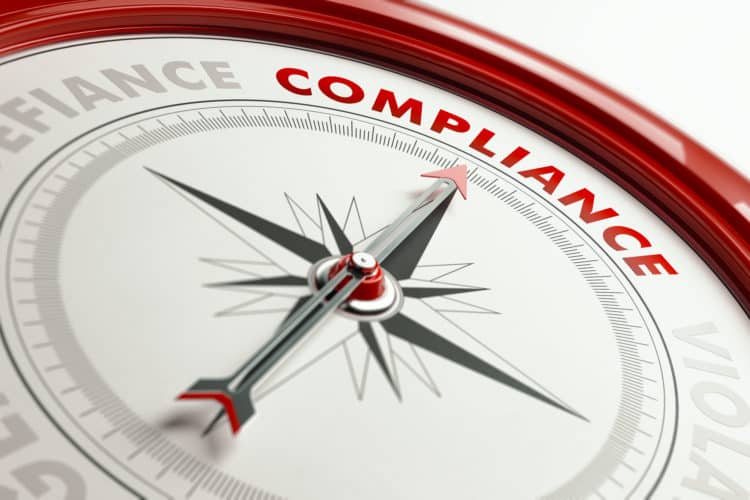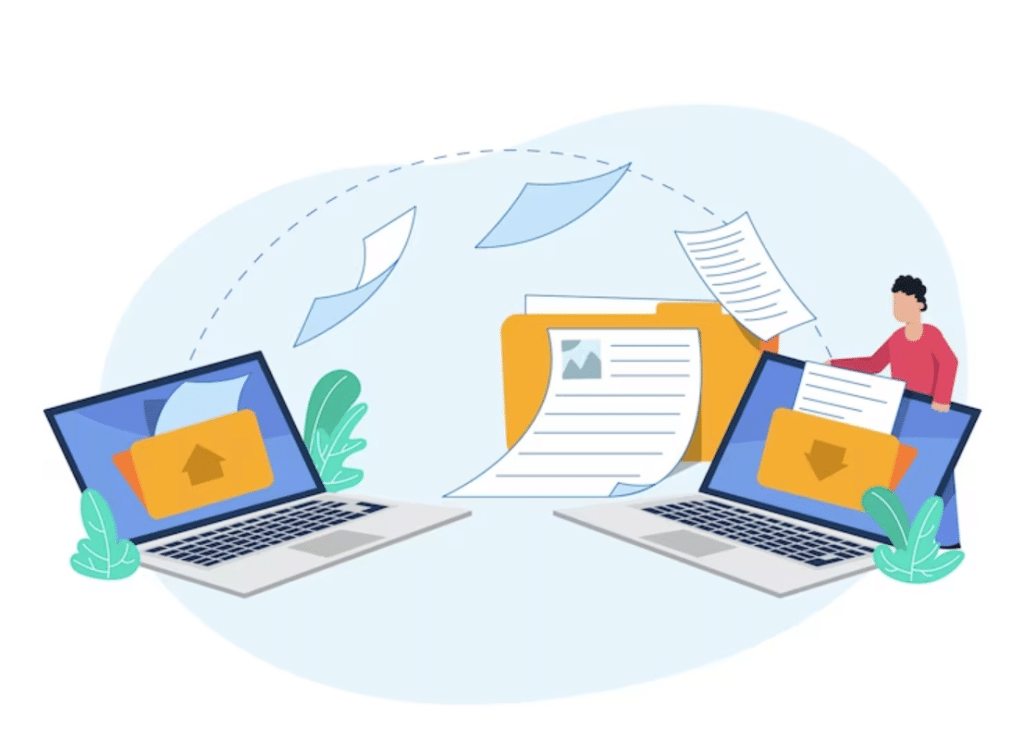Stress at work is a growing concern in modern society. Whether it’s the constant pressure of meeting deadlines, battling conflicting work relationships, or coping with excessive workloads, stress can have a detrimental impact on our mental and physical health.
In this article, we’ll explore the most common causes of work-related stress and give you some effective strategies for overcoming it. You’ll learn how to identify the signs of stress, understand its origins, and adopt practical methods for managing it healthily.
Effective communication, work-life balance, and time management tools can all help to reduce stress at work. You’ll also discover the importance of self-care and setting clear boundaries to maintain optimal emotional and physical well-being.
Don’t let stress at work affect your quality of life. Follow our advice and implement effective strategies to regain balance and serenity in your professional environment!
Signs and Symptoms of Stress at Work
Stress at work can manifest itself in different ways. It’s important to recognize the signs and symptoms so you can act quickly and effectively. Here are some common indicators of stress at work:
Constant tiredness
If you feel exhausted even after a good night’s sleep, this could be a sign of stress at work. Chronic stress can lead to physical and mental exhaustion.
Changes in appetite
Stress can affect your appetite, making you eat less or more than usual. Eating disorders such as bulimia or anorexia can also be linked to stress at work.
Sleep problems
Stress can disrupt your sleep, preventing you from falling asleep or staying asleep at night. Nightmares and sleep problems can be symptoms of stress at work.
It’s important to note that these signs and symptoms can vary from person to person. Everyone reacts differently to stress, so it’s essential to be aware of your reactions and to consult a health professional if you are concerned.
Common causes of work-related stress
Stress at work can have many causes, and it is essential to identify them if you are to overcome them effectively. Here are some of the most common causes of work-related stress:
Excessive workload When you have too many tasks to complete within a limited timeframe, this can lead to considerable stress. The constant pressure to meet deadlines can be overwhelming.
Conflicting working relationships Conflicts with your colleagues or line manager can be a major source of stress at work. Tensions and disagreements can make for a toxic and stressful working environment.
Lack of control When you don’t have enough control over your work, this can also lead to stress. The feeling of not having influence over decisions and activities related to your work can be frustrating and stressful.
It’s important to note that these causes can vary from person to person. What may be stressful for one person may not be for another. So it’s essential to understand your own stress triggers and find appropriate strategies to manage them.
The Impact of Stress on Physical and Mental Health
Stress at work can have a detrimental effect on our physical and mental health. Long working hours, tight deadlines, and conflicting relationships can lead to symptoms such as exhaustion, depression, and anxiety. In addition, chronic stress can increase the risk of cardiovascular disease, sleep disorders, and digestive problems.
The signs of stress
It’s essential to recognize the signs of stress at work. These can include frequent headaches, muscle tension, increased irritability, and reduced concentration. By identifying these early signs, it is possible to take steps to reduce stress and minimize its negative effects on health.
Stress Management
An effective strategy for managing stress at work is to practice relaxation techniques. These can include meditation, deep breathing, and regular exercise. These activities can help to reduce stress levels and promote a calm and balanced state of mind. It’s also important to take regular breaks and give yourself time to recharge.
Another way to reduce stress is to implement effective time management strategies. This can include planning and prioritizing tasks, setting realistic deadlines, and delegating responsibilities where possible. By having a clear vision of what needs to be done and using time management tools, it is possible to reduce workload-related stress and manage your time better.
Finally, it’s important to cultivate a supportive work environment. This can include positive relationships with colleagues and line managers, as well as adequate organizational support. Encouraging a culture of open communication and mutual support can help reduce stress and promote a healthy working environment.
Strategies for Managing and Reducing Work-Related Stress
Stress at work has become a growing concern in modern society. Whether it’s the constant pressure to meet deadlines, conflicting work relationships or excessive workloads, stress can have a negative impact on our mental and physical health.
We’ll explore the most common causes of work-related stress and give you effective strategies for overcoming it. You will learn to identify the signs of stress, understand its origins and adopt practical methods for managing it in a healthy way.
Efficient Time Management Techniques
Poor time management is one of the main causes of stress at work. Feeling overwhelmed and unable to meet deadlines can be extremely stressful. Fortunately, some effective time management techniques can help you organize your working day better and reduce the associated stress.
Create a supportive work environment
A healthy and positive working environment can significantly reduce stress at work. Here are a few strategies for creating one:
Practise self-care and stress-relieving activities
In addition to strategies for managing stress at work, it is also important to practice self-care and make time for stress-relieving activities. This can include hobbies and pastimes that promote relaxation and well-being, such as reading, painting, or gardening. Finding time for these activities can help reduce stress and promote a healthy work-life balance.
In addition, it is essential to set clear limits and maintain a balance between work and personal life. This can include setting regular working hours and limiting overtime. It is also important to disconnect from work during rest periods, by avoiding checking work emails or taking calls outside working hours. By setting clear limits, you can preserve your well-being and maintain a healthy work-life balance.
Seeking professional help for chronic stress
In some cases, stress at work can become chronic and require professional intervention. If self-management strategies and relaxation techniques fail to significantly reduce stress, it may be necessary to consult a mental health professional. A therapist or psychologist can help identify the root causes of stress and develop personalized strategies to manage it effectively.
It’s important to recognize that there’s no shame in seeking professional help. Stress at work can be a complex and persistent problem, and it’s important to surround yourself with the right support to deal with it. With the help of a professional, it is possible to develop stress management skills and put in place sustainable strategies to maintain a healthy balance in your working life.
Taking Control of your Work-Life Balance
Mental workload can have a significant impact on our physical and mental health. However, by identifying the causes of stress, adopting time management strategies, and practicing self-care, it is possible to reduce the negative effects of stress on our overall well-being.
It is essential to recognise the early signs of stress at work and take steps to manage it in a healthy and effective way. By setting clear boundaries, adopting relaxation techniques and seeking professional help if necessary, a healthy work-life balance can be restored.
Remember that your well-being is paramount. By putting into practice the strategies and techniques presented in this article, you’ll be able to overcome stress at work and maintain an optimal quality of life. Take control of your work-life balance and live a fulfilling and serene life.
Discover QUALIPRO, our innovative solution dedicated to improving well-being and satisfaction at work. By focusing on measuring satisfaction and listening to your staff, QUALIPRO gives you the tools you need to detect and deal with sources of dissatisfaction. Thanks to customized satisfaction surveys, in-depth consultations, and the setting of automatic alerts and reminders, our module helps you to identify key skills and reinforce effective participative management.
It’s time to transform your working environment into a place where every employee feels valued and listened to!










